Can I Buy Just Two Tires?
We know that a lot of drivers are working pretty hard to make a dollar go farther and that the outlay for a full set of four tires – even inexpensive tires – can be considerable. That’s why we run across drivers pretty often who ask if it’s okay to just replace a pair of tires, then buy the other pair when they can afford them.
The answer is…yes, but…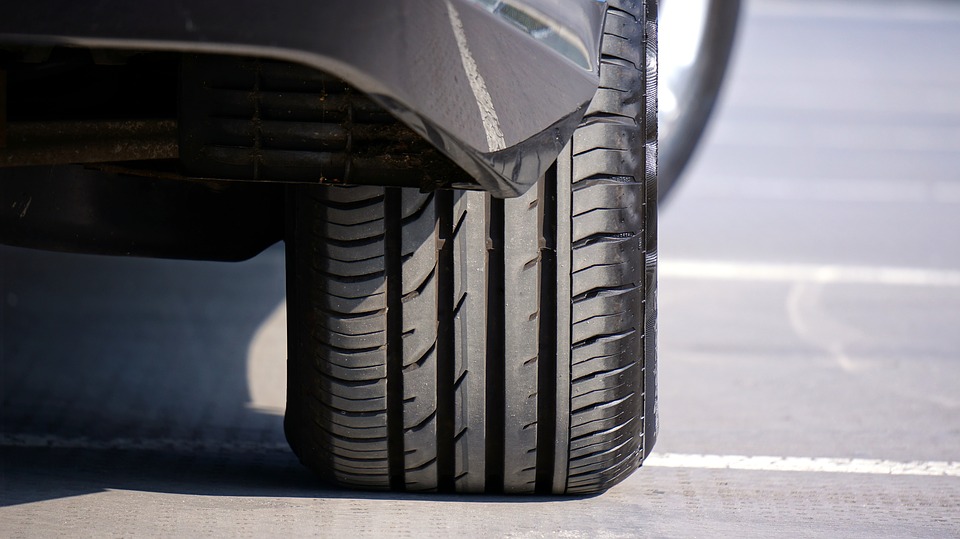
You’ll really need to pay attention to the size of the set of tires that you’ve already got and go with that exact same size of tires for your new pair. Having mismatched sizes of tires on your vehicle can result in squirrelly and unpredictable handling and ride quality. If your existing tires are all-season, go with all-season tires. If they’re winter tires, go with winter tires. Ideal ...[more]
Flat Spots? Let’s Clear Up Some Myths About That…
So your vehicle’s been sitting for a while…you get in it, start the engine and pull out of the driveway when you notice a hard, rough (but very regular) vibration that only gets worse with speed. It doesn’t feel like it’s coming from the driveline or suspension – so what is it?
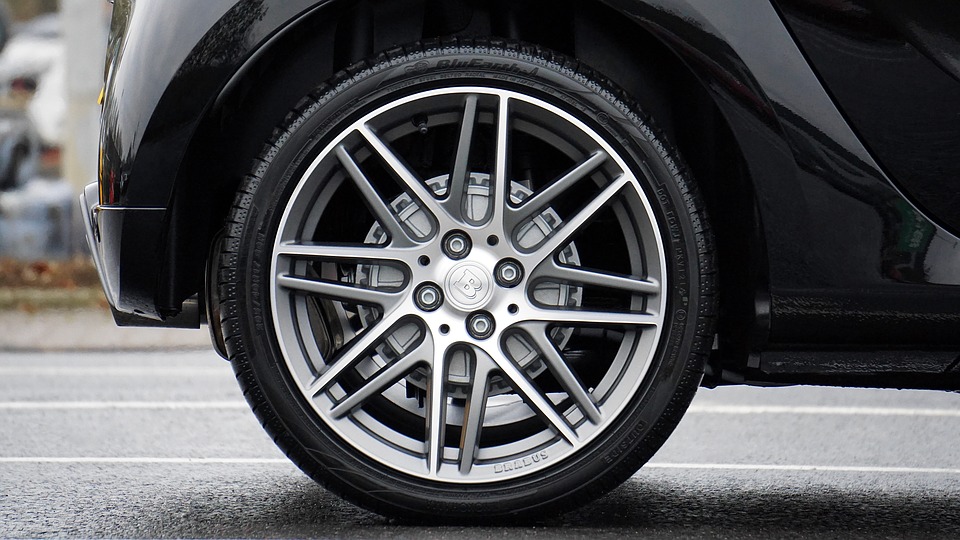
It could be that the tires have developed flat spots.
With the weight of the vehicle pressing down on the tires for long periods, a section of the rubber and belts can become softer (or harder) than the rest of the tire. This can be exacerbated by cold weather, or just by parking on a cold concrete floor.
Low-profile tires with short sidewalls can be more prone to flat-spotting, as can tires with an H or higher speed rating. In most cases, you can j ...[more]
A Brief Explanation of Tire Information
Ever wonder what the designations stamped on your tire sidewall actually mean? We’d like to break it down for you.
Let’s take for instance, “P195/60R15 87S”. This is a full service description of a tire.
In this case, “87S” denotes a tire’s load capacity and speed rating. The higher the number, the greater the load capacity – an 87 load capacity means that tire can support 1,201 pounds. Speed ratings range from L (75 mph) through V (149 mph), and an S speed rating means the tire is good for 112 mph. W, Y, and Z-speed rated tires are available for extreme performance cars and are rated as high as 186 mph.
As for the rest of the information:
--“P” denotes Passenger Tire
--195 is the tire’s width from si ...[more]
What To Do With Those Old Tires
Every year, about 290 million tires are discarded; of those, about 233 million are recycled in one way or another. Shredded tires can be used for playground surfaces, welcome mats, hot-melt asphalt, bark mulch and even made into building material for “green” construction.
But what can you do with your old tires? Here are some ideas:
--Fill a tractor tire with sand to make a great sandbox for kids
--Hang a tire from a rope as a tire swing
--Stack a couple of tires on top of each other, bolt them together and paint them a cheerful color, then use them as a planter
--Lay two rows of tires next to each other, somewhat staggered, and use them for broken-field running as part of football conditioning
--Bolt two tires togeth ...[more]
So…Many…Kinds…of Tires
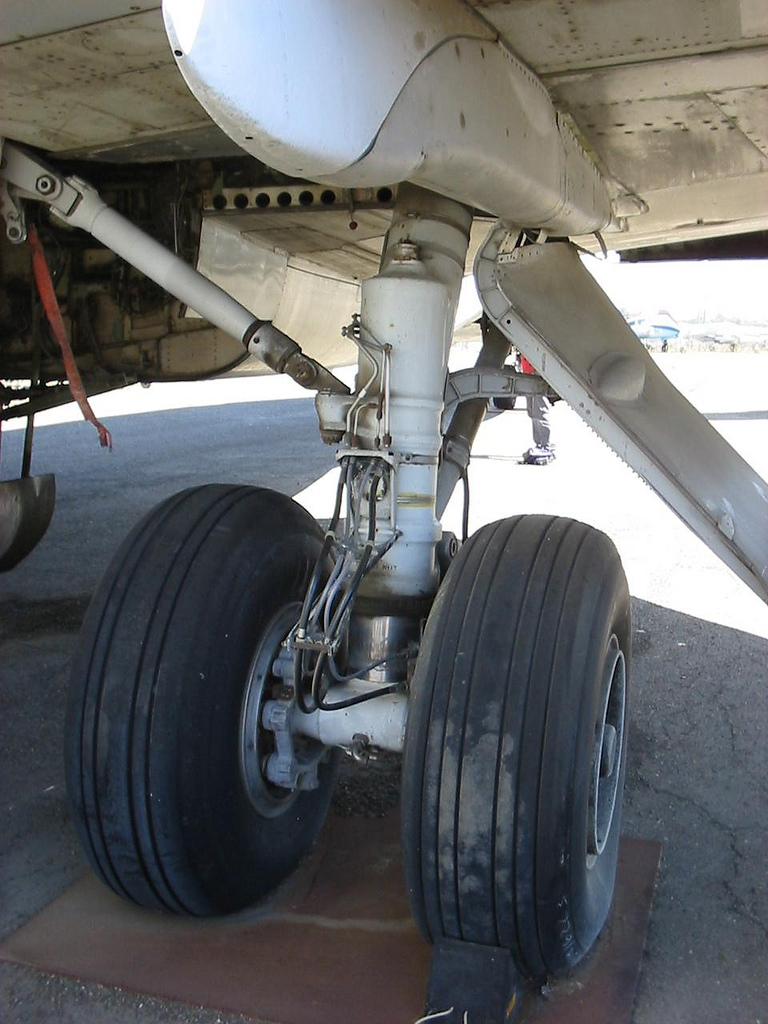 Ever think about all the different vehicles that use rubber tires? Tractors, industrial equipment, everything else that rolls on rubber?
Ever think about all the different vehicles that use rubber tires? Tractors, industrial equipment, everything else that rolls on rubber?
Each specialized type of tire requires a specialized design for its specific purpose. Aircraft tires, for instance, have to be very robust and handle a great deal of weight and stress, but for only a short period of time. Aircraft tires are often filled with an inert gas such as nitrogen, for more stable inflation levels, and are designed with specialized fusible plugs which provide a safer failure mode (rather than a sudden, catastrophic tire explosion).
Off-the-road tires, for vehicles such as graders or mining equipment, operate at low speeds but have to be able to withstand severe service conditions while ha ...[more]
No Spare Tire?
 and cost. When you're stuck by the side of the road, though, none of that really matters much, does it?
and cost. When you're stuck by the side of the road, though, none of that really matters much, does it? Which Type of Tire Tread Do You Need?
 choices of tread patterns. What differentiates them, and what are the pros and cons of each tread design?
choices of tread patterns. What differentiates them, and what are the pros and cons of each tread design? A Brief History of the Tire
 technology, the tire has an interesting history of advances and failures.
technology, the tire has an interesting history of advances and failures. So You Get A Flat Tire...What Now?
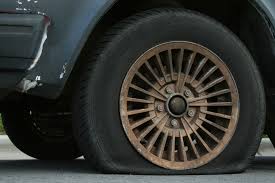 Nobody ever looks forward to a flat tire, and nobody ever says "well, that was a really good time" after having one. You can at least minimize the damage to your tire and danger to yourself, though.
Nobody ever looks forward to a flat tire, and nobody ever says "well, that was a really good time" after having one. You can at least minimize the damage to your tire and danger to yourself, though.
Flats vs Blowouts
If you get a blowout, you'll know about it right away. Sometimes the tire can fail dramatically, with a bang as loud as a shotgun going off. Other times, it might just be a loss of air and a sudden change in your car's handling, followed by vibration, noise and a pull to one side. If it's a front tire that fails, your car might be a real handful to drive until you can get to a stop.
In either case, your first job is to pull off the road as quickly (but safely!) as you can. Don't jam on the brakes or make any sudden mo ...[more]
The Latest in Green Tech Innovations for Tires
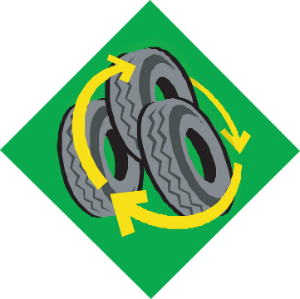 When it comes to your car, oil isn't the only thing there's a finite supply of. Rubber has its limits too, and it's estimated by 2020, the supply of natural rubber in the world may be outstripped by demand. And of course, tires require a great deal of oil to produce as well. Tire manufacturers are constantly looking for ways to innovate and conserve resources in tire production. Here are some recent advances:
When it comes to your car, oil isn't the only thing there's a finite supply of. Rubber has its limits too, and it's estimated by 2020, the supply of natural rubber in the world may be outstripped by demand. And of course, tires require a great deal of oil to produce as well. Tire manufacturers are constantly looking for ways to innovate and conserve resources in tire production. Here are some recent advances:
- Dandelions: Yes, those humble yellow flowers you try to eliminate from your yard. Dandelions actually contain a minute amount of latex in their milky oil, and research shows they can actually produce about as much latex, pound-for-pound, as rubber plants. German scientists have cultivated 1-foot-tall dandelions for just this purpose. This isn't a new development, either -- in WWII, Amer ...[more]
| << Previous | 123456789 | Next >> |



